Visiting Ward’s Island by crossing Toronto harbour on the William Inglis ferry. In view ahead is the Sam McBride ferry sailing toward Centre Island. The Toronto Islands are visible on the horizon.
Ward’s Island is usually overshadowed by the better-known Centre Island. Torontonians, tourists, and day-picnickers tend to flock to it as it has Centreville (a children’s amusement park with a merry-go-round), formal gardens, and a wide sandy beach on its south side. Hanlan’s Point and Centre Island also have more spacious picnic areas and BBQ sites. However, Ward’s Island has its own charms, as it is truly different to its counterparts, although it too has an excellent beach on its south side.
The Toronto Islands began life as a sandbar, formed over millennia by deposits of silt and sand eroded from the Scarborough Bluffs. The silt eventually formed a narrow low-lying peninsula, which for many centuries was employed by the Native Peoples as a place of rest and healing. When Europeans arrived, the colonial residents of York (Toronto) viewed it as an ideal spot for picnicking, lake fishing, and horseback riding.
In the early-19th century, a carriage trail led from the town of York (Toronto) to where the sandbar connected to the mainland. The trail extended as far west as Gibraltar Point (south of Hanlan’s Point). In the 1790s, Elizabeth Simcoe, the wife of Lieutenant Governor Simcoe, wrote in her diary that she regularly rode along the pathway on the peninsula, which ran parallel to its south shore.
In 1858, during a violent storm, the narrow neck of land at the eastern end of the peninsula was washed away and the peninsula became an island. Rather than repair the damage, officials decided to allow nature to take its course. The Toronto Islands were born. Interestingly, the narrow trail that Elizabeth Simcoe rode along, located beside the lake, morphed into the Lakeshore Avenue of today.
Ward’s Island is not really a separate island, but is the eastern end of one large island that includes Centre Island in the centre position and Hanlan’s Point on its western end. The three entities, along with about 15 smaller islands, compose the Toronto Islands that today confine Toronto Harbour. Ward’s, which can be visited by boarding an Island ferry, is a residential community with approximately 262 homes where over 600 residents live, most of them, year round. Similar to the other places on the Islands, no cars or trucks are allowed (other than City of Toronto maintenance vehicles).
Ward’s Island was named after the Ward Family that first settled about the year 1830 on the eastern end of the former peninsula. David Ward earned his living as a fisherman, and raised seven children at Ward’s. His son, William, was involved in a tragic accident on the harbour waters in May 1862. He and his five younger sisters were in a sailboat when a sudden storm erupted. The ropes jammed and young David Ward was unable to lower the sail. The boat tipped. He was able to upright the boat and pull his sisters back on board. Then, another squall tipped them again. Unable to swim, the sisters clung to the side of the upturned boat. Pulled downward by their heavy dresses, they weakened and eventually slipped beneath the waves and drowned. Only William Ward was rescued (source: The Star Weekly, 1912).
When he was older, David’s son William built a hotel on Ward’s. Erected in 1882, Ward’s Hotel was located a short distance south of the ferry docks. It contained three storeys, with a Mansard roof above the third floor. On its north side, in the central position, there was a three-storey tower, the roof of which rose above the roof-line of the hotel. During the latter decades of the 19th century, the hotel was a popular place for Torontonians to stay. The large, deep verandas that wrapped around the structure on its north and west sides, captured the cooling waters of the lake. The breezes brought pleasant relief from the heat on the mainland. Though Ward’s was close to the city, in many ways it was a world away, especially on hot, humid summer days,
Around the turn of the 20th century, a tent community began to develop to the east of the hotel. In 1904 there were 10 tents and in 1906 there were 28 tents. As it continued to grow exponentially, it became a chaotic site as people pitched tents wherever they chose, frequently causing disagreements and fights. In 1913, the City imposed regulations on Tent City. Narrow wooden sidewalks were constructed in a grid pattern and 24-foot-square lots were designated on the various sidewalks. To pitch a tent on one of the lots, a license was required. Each lot was officially registered with the city. Thus, the sidewalks functioned as narrow streets, and the tent lots as residential sites.
In Tent City, people constructed wooden platforms on their lots to which they pegged the tents. In winter, tents and furniture etc. were stored in sheds, located at the rear of their site. The irascible Sam McBride, a lumber merchant who was the mayor of Toronto in 1928 and 1929, and whose name graces one of the island ferries, lived on Ward’s in Tent City. After he retired, he continued to spend his summers on Ward’s.
In 1913, the Ward’s Island Association was established (WIA), a not-for-profit organization to represent the residents of Tent City. In 1918, a small clubhouse was erected, a short distance south of the Ward’s Island ferry docks. In 1922 the tower and upper floor of Ward’s Hotel were removed as it had deteriorated and it was deemed too expensive to renovate and restore. This type of deterioration was common is many large all-wooden structures in this century. Finally, the hotel closed its doors, ceasing to host summer guests. It then became a grocery store and ice-cream parlour.
In 1931, it became permissible to erect permanent structures on Ward’s, with verandas out-buildings and sheds. This caused the needs of the community to increase as more and more people began living at Ward’s all year round. Today’s houses still exist on the former tent sites, explaining why the houses are so close together. Most of the homes on Ward’s today date from the 1930s. In November 1936, the ever-colourful Sam McBride passed away and Ward’s lost one of its most well-known residents.
A larger WIA clubhouse was built between the years 1937 and 1938. Today, on the east side of the building is the Toronto Island Cafe. The front of the WIA’s original clubhouse remains intact and is the front section of the “Little WIA Clubhouse” or “Administration Building.”
Visiting Ward’s Island today, the WIA Clubhouse is visible from the ferry dock, as is the Queen City Yacht Club (QCYC) on Algonquin Island. Algonquin Island was formerly named Sunfish Island. It was first inhabited in the late-1930s, when 30 houses were floated over from Hanlan’s to allow the Island (Billy Bishop) Airport to be constructed.
In the 1960s, Metro decided it would be a better use of public space if the residents of Ward’s Island were removed to create parkland. Thus began a long legal battle. The last remnant of the old days on Ward’s Island disappeared when Ward’s Hotel was demolition in 1966.
In 1973 it was decided that the Ward’s community would be preserved, but the legal battle was not over. It was not until 1993 (with Bill 61), under an NDP government, that the legal status of the homes on Ward’s was finally settled.
Today, from the ferry dock it is a short walk south on Withrow Street to reach the best beach on Ward’s. On the way to the beach, the street passes the soccer field, a large open space that resembles a “village Green” from old England. Along the way visitors pass a lawn-bowling green, another reminder of the days of yore in old Toronto or a quiet British town of the past. Although the homes flanking the pathways and narrow sidewalks are from the 1930s, the community has the ambiance of the early decades of the 20th century. Ward’s Island is truly unique.
Although many will find the beach the main attraction on Ward’s, it is a shame if visitors do not wander the verdant streets to view the quaint homes, as well as a few that are more modern. Set amidst the lush greenery of the island, many of the gardens clustered beside the houses contain some of the more popular flowers of Victorian days—delphiniums, hollyhocks, and orange tiger lilies. The quietness of the scene makes it difficult to believe that you are only a ten-minute ferry ride from the financial district of Canada’s largest city.
Watercolour of David Ward’s home, built in 1856. Collection of the Toronto Public Library, r-395.
Ward’s Hotel, photo taken c. 1900. Built in 1882, the three-storey structure has a Mansard roof in the Second-Empire style. The view shows the north and west facades of the building, with the wide, deep verandas that overlook the harbour waters. The tower in the centre of the north facade is mostly hidden by the trees. Ontario Archives, 10013925.
A family in Tent City in 1908. Toronto Archives, Fonds 1244, Item 603.
Children on the beach on the harbour-side of Ward’s Island in 1908. Toronto Archives, Fonds 1244, item 0672.
Tent City in 1911. The camera faces northwest toward the Toronto Harbour and the city. The Ward’s Island ferry dock is visible in the distance. Toronto Archives, Fonds 1244, item 166.
View of Tent City on July 9, 1923. A lake steamer is outbound from the Eastern Gap as it begins it trip, likely to Niagara Region, although some ships carried passengers to the eastern end of Lake Ontario, docking at Prescott. Toronto Archives Fonds 1266, item 1064.
Children wave to the lake steamer Chippawa as it enters the Eastern Gap. The steamer was in service on the lakes from 1893 until 1939. Toronto Public Library, r- 584.
Houses on Lenore Avenue in November 1933. Toronto Archives, S 0372, SAS 0052, item 1596.
Ward’s Island ferry dock in 1935, the view facing south. Toronto Archives, Fonds 1231, item 1155.
View from Ward’s Island of the Toronto skyline in 1936. The two most prominent buildings on the skyline are the Royal York (Fairmont) Hotel and the Bank of Commerce (CIBC). Toronto Archives, Fonds 1231, item 0995.
Houses on Ward’s Island in 1976, the narrow sidewalk separating the homes. Toronto Public Library, tspa 0113946.
Relaxing at the Clubhouse in the 1980s. Toronto Archives, S 1465, fl 0455, item 0024.
The ferry dock at Ward’s Island in the 1980s. Toronto Archives, S 1465, fl 0396. item 0023.
A link to View a post about Ward’s Island in July 2018:
https://tayloronhistory.com/2018/07/27/wards-island-toronto-in-2018/
To view the Home Page for this blog: https://tayloronhistory.com/
For more information about the topics explored on this blog:
https://tayloronhistory.com/2016/03/02/tayloronhistory-comcheck-it-out/
Books by the Author
“ Lost Toronto”—employing detailed archival photographs, this recaptures the city’s lost theatres, sporting venues, bars, restaurants and shops. This richly illustrated book brings some of Toronto’s most remarkable buildings and much-loved venues back to life. From the loss of John Strachan’s Bishop’s Palace in 1890 to the scrapping of the S. S. Cayuga in 1960 and the closure of the HMV Superstore in 2017, these pages cover more than 150 years of the city’s built heritage to reveal a Toronto that once was.
“Toronto’s Theatres and the Golden Age of the Silver Screen,” explores 50 of Toronto’s old theatres and contains over 80 archival photographs of the facades, marquees and interiors of the theatres. It relates anecdotes and stories by the author and others who experienced these grand old movie houses. To place an order for this book, published by History Press:
Book also available in most book stores such as Chapter/Indigo, the Bell Lightbox and AGO Book Shop. (ISBN 978.1.62619.450.2)
“Toronto’s Movie Theatres of Yesteryear—Brought Back to Thrill You Again” explores 81 theatres. It contains over 125 archival photographs, with interesting anecdotes about these grand old theatres and their fascinating histories. Note: an article on this book was published in Toronto Life Magazine, October 2016 issue.
For a link to the article published by |Toronto Life Magazine: torontolife.com/…/photos-old-cinemas-doug–taylor–toronto-local-movie-theatres-of-y…
The book is available at local book stores throughout Toronto or for a link to order this book: https://www.dundurn.com/books/Torontos-Local-Movie-Theatres-Yesteryear
“Toronto Then and Now,” published by Pavilion Press (London, England) explores 75 of the city’s heritage sites. It contains archival and modern photos that allow readers to compare scenes and discover how they have changed over the decades. Note: a review of this book was published in Spacing Magazine, October 2016. For a link to this review:
spacing.ca/toronto/2016/09/02/reading-list-toronto-then-and-now/
For further information on ordering this book, follow the link to Amazon.com here or contact the publisher directly by the link below:
http://www.ipgbook.com/toronto–then-and-now—products-9781910904077.php?page_id=21
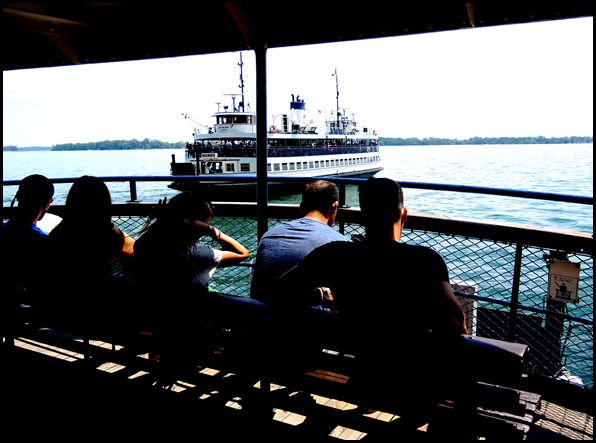
![David Ward Sr. built 1856. pictures-r-395[1] David Ward Sr. built 1856. pictures-r-395[1]](https://tayloronhistory.com/wp-content/uploads/2018/07/david-ward-sr-built-1856-pictures-r-3951_thumb.jpg)
![Ward's Hotel, c. 1900 Ont. Arch. I0013925[1] Ward's Hotel, c. 1900 Ont. Arch. I0013925[1]](https://tayloronhistory.com/wp-content/uploads/2018/07/wards-hotel-c-1900-ont-arch-i00139251_thumb.jpg)
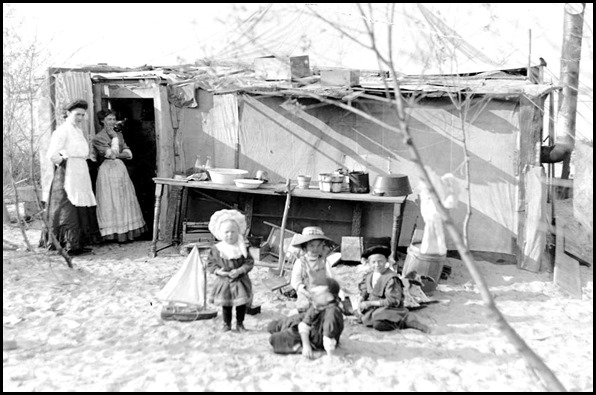
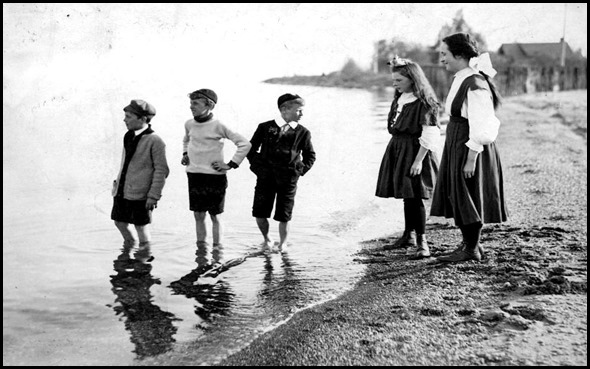
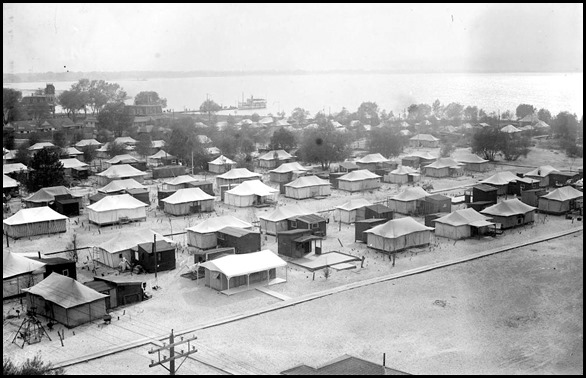
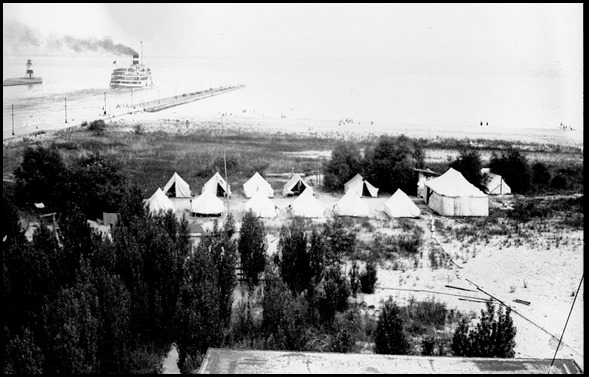
![Chippawa, eastern gap. ship 1893- 1939. ohq-pictures-s-r-584[1] Chippawa, eastern gap. ship 1893- 1939. ohq-pictures-s-r-584[1]](https://tayloronhistory.com/wp-content/uploads/2018/07/chippawa-eastern-gap-ship-1893-1939-ohq-pictures-s-r-5841_thumb.jpg)
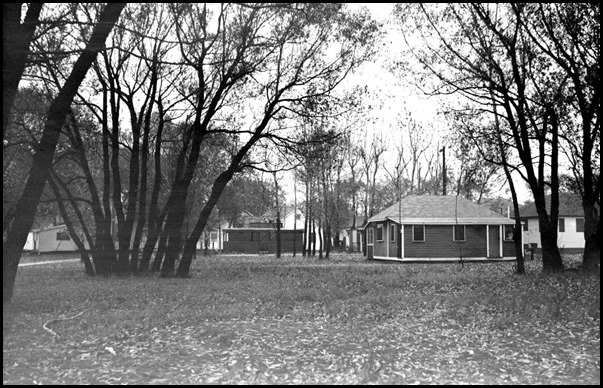
![TTC docks, 1935. f1231_it1155[1] TTC docks, 1935. f1231_it1155[1]](https://tayloronhistory.com/wp-content/uploads/2018/07/ttc-docks-1935-f1231_it11551_thumb.jpg)
![skyline from Wards. 1936. f1231_it0995[1] skyline from Wards. 1936. f1231_it0995[1]](https://tayloronhistory.com/wp-content/uploads/2018/07/skyline-from-wards-1936-f1231_it09951_thumb.jpg)
![1976. tspa_0113946f[1] 1976. tspa_0113946f[1]](https://tayloronhistory.com/wp-content/uploads/2018/07/1976-tspa_0113946f1_thumb.jpg)
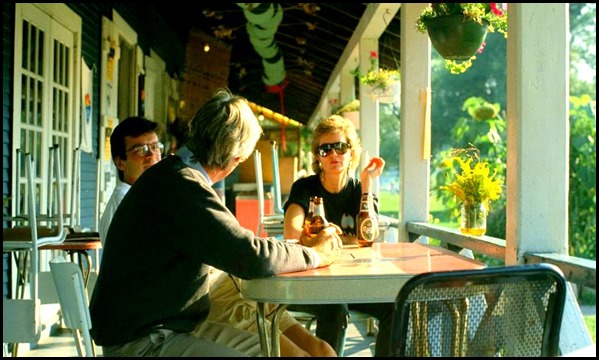
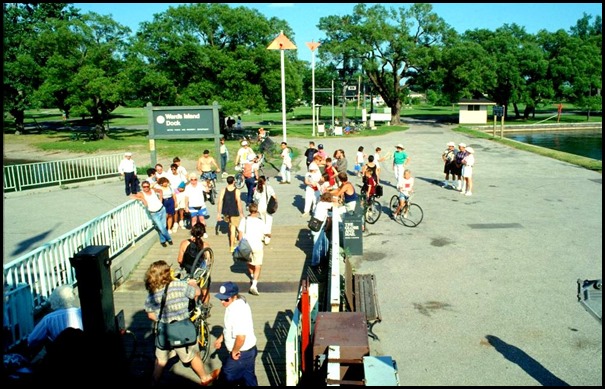
![DSCN2207_thumb9_thumb2_thumb4_thumb_[1] DSCN2207_thumb9_thumb2_thumb4_thumb_[1]](https://tayloronhistory.com/wp-content/uploads/2018/07/dscn2207_thumb9_thumb2_thumb4_thumb_1_thumb1.jpg)
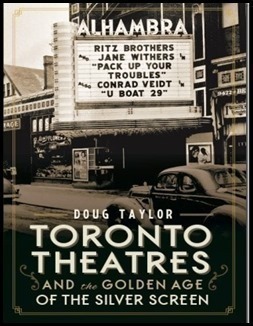
![image_thumb6_thumb_thumb_thumb_thumb[2] image_thumb6_thumb_thumb_thumb_thumb[2]](https://tayloronhistory.com/wp-content/uploads/2018/07/image_thumb6_thumb_thumb_thumb_thumb2_thumb1.png)



One of your best blogs ever and that’s saying something.
Sent from my iPad
>
Many thanks for your comment and encouragement.
Doug Taylor
A well-told story! A very enjoyable read.
Brings back oh so many wonderful memories of Wards Island having lived there. My cousins still live there in my grandparents ..both sets…homes built on lots originally in the beginning tent city. Yes the old hotel became Tony,s Store . You were remiss in not telling us about the old Wyman Building and the Shelter . A wonderful read and walk down memory lane. Thank you. Laurie Livingstone
Daddy Frank Staneland was one of my grandfathers who resided at 1 Fourth Street. My family lived in the Sam McBride house along the Lakeshore.
got a great lot of WIA sport awards for vary early years of the 20.s and 30.s made of silver and felt jacket patches and other items. Need to donate to worthy entity
the WIA would gladly accept such donations of archival material! 🙂
Robert Buck passed away last week. He and his spouse Mary (pre deceased Robert in Aug 2021 ), owned the Cottage at 2 Lakeshore on Wards island. The Cottage had been in the Buck family since the tent city times, when George Buck and his Spouse built the cottage. Unfortunately Robert and Mary had no children so the cottage and lot that it occupies will be passed on to the highest bidder.